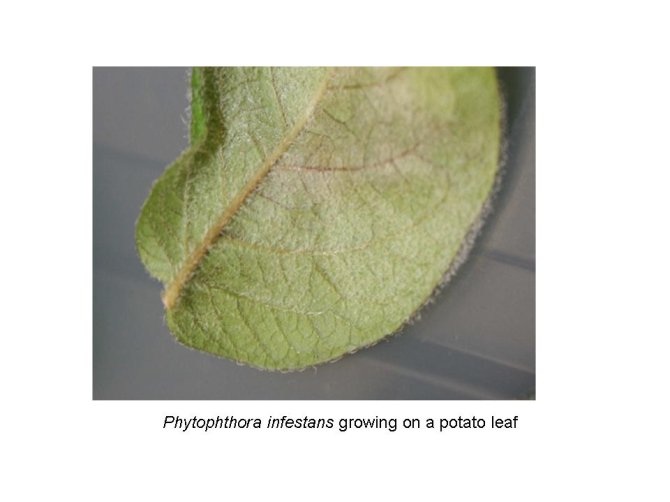Project
Experimental evolution in Phytophthora infestans: the stability of pesticide resistance
Mutations that cause resistance are generally believed to infer a fitness cost in the absence of the chemical. However, this relationship has not been found consistently among field isolates of Phytophthora infestans, the causal agent of the economically important late blight disease in potato. This lack of the expected fitness cost can be caused by differences in genetic background or by compensatory mutations.
Description:
Mutations that cause resistance are generally believed to infer a fitness cost in the absence of the chemical. However, this relationship has not been found consistently among field isolates of Phytophthora infestans, the causal agent of the economically important late blight disease in potato. This lack of the expected fitness cost can be caused by differences in genetic background or by compensatory mutations.
By serial transfer of zoospores, I created several selection lines which are less sensitive to metalaxyl. From these lines I isolated single zoospores and stored mycelium in liquid N2. A number of these lines showed no reduction in growth rate when grown under metalaxyl-free conditions, while one line appeared to have a slower growth which was compensated after a number of transfers under metalaxyl-free conditions. More fitness related traits have to be investigated in order to know more about the consequences of resistance, i.e. infection efficiency and lesion growth rate on leaf and growth rate and germination in vitro. Additional AFLP analysis is needed in order to investigate the genetic similarity between the lines

Used skills:
Basic microbiological and molecular techniques. Statistical analysis.
Requirements:
No special requirement
Supervisor
Stefan Bosmans
Reference:
(i) Stein and Kirk (2004) The generation and quantification of resistance to Dimethomorph in Phytophthora infestans. Plant Disease 88: 930-934; (ii) Young et al. (2001) Laboratory studies to assess the risk of development of resistance to zoxamide. Pest Management Science 57: 1081-1087.